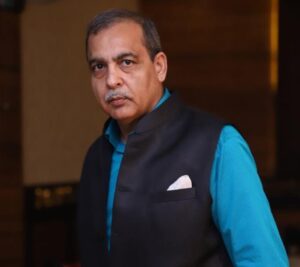
THE QUANDARY OF HISTORY
Rewriting History: India’s Path from Heritage to Harmony
India is one of the four oldest civilisations of the world, with a culture and heritage that has evolved over more than 5000 years. It has had the misfortune of being invaded over 200 times, commencing from what some believe to be the Aryan invasion in 1800 B.C.E. While the reason for the successive forays was clearly the glamour of ‘soneh ki chidiya’, the marauders were emboldened by various fault lines, with political disunity being a standout facet. Each invasion often reshaped the socio-political landscape, leading to a complex tapestry of influences that characterise the country’s history. Not surprisingly, Indian nationalism is not based on any of the conventional indices of national identity, rather, of one land embracing many.
Both imperialism and colonialism are morally indefensible and cannot even be judged by the standards of the time…not least the theory of a ‘white man’s burden’ coined by Rudyard Kipling in 1899! Concomitantly, the idea of a benign or humanitarian aggressor is also a liberal fiction. In the Indian context, the motive was usually a cocktail of the three Gs, namely God, Gold and Glory. Whether one considers the Aryan or the Persian as the first invasion of India, the entire period till 1947, good or bad, is the history of India. And, no matter through which prism one looks at it, the resilience of the Indian civilisation and the syncretic tradition of the country, vocalised as ‘unity in diversity’, is a prevalent feature.
Indian heritage has much to be proud about. There is justifiably a befitting emphasis on the considerable accomplishments of the ‘golden age of India’, the Gupta Empire. This was primarily because the Guptas were evidently the only ones who successfully unified the independent regions of India, which were perpetually jousting for power, and some even ‘collaborating’ for vested interests. The conducive conditions of unity, peace and prosperity fostered by the Gupta Kings was their mantra for sabka saath, vikas, prayaas and sabka vishvas! History is the mirror in which we can reflect our glory and learn from our mistakes, and unity remains the unlearned lesson of Indian history!
Religious conflict runs deep in India, and extends far underground! The construction of Ram Temple is the rectification of a historical wrong. By all accounts, this was envisaged to herald the advent of a new era, one of peace and prosperity! On the contrary, the country seems to have been trapped in righting wrongs of the past, real or imagined. As if recreating civilisations from debris isn’t hard enough, religious archaeology has created its own set of problems. The truth is that stoking mandir-masjid disputes goes against the grain of the dream of ‘Developed India 2047’ aka ‘Vishwaguru’! In this excavation frenzy, whether any religious structure is found or not, India’s foundation is likely to be shaken! Unless it is intended likewise, the furrows of excavatory surveys and bulldozers leave deep marks inside people’s hearts and minds and, risk fracturing the social fabric of the country.
Review of history or ‘rebalancing the biased approach’ may be a necessary part of the process of developing and refining historical record. But then, history is an argument without end! While nationalism must be reflected in curriculum, but at the same time, it needs to be bereft of ‘biases’, and ‘blanks’…….historical negationism or denialism cannot become a part of historical revisionism. ‘Pride in history’ and ‘study of history’ may seem related, but are not exactly the same thing! The story of India from subjugation to sovereignty is about the country’s survival against all odds and its phoenix like rise inspite of, and despite long years of suppression. That is how the history of India needs to be perceived and told. It would be a disservice if we flatten and simplify the past to match our own presupposed narrative of struggle and power. One is quietly hopeful that we don’t ape the ‘ingenious creativity’ of our western neighbour in framing historical narratives, (predicated as it is on the principle of ‘not being India’)…. meagre on facts and generous on hubris! It is rightly stated that, ‘to write history one must be more than a man, since the author who holds the pen of this great justiciary must be free from all preoccupation of interest or vanity’!
The need of the hour is ‘inclusive’ nationalism and ‘visible’ patriotism in our daily lives……about doing the small things right. This is a ‘chronic deficit’ without which the country will find it hard to realize the dream that we cherish in 2047! That is where the focus and convergence of the country’s political leadership should be. Perception management and personal branding may seem productive today, but who knows when the history of today is written some day, the tag of the ‘Sultans of Spin’ may go down to the wire…..(with due apologies to Dire Straits for manipulating the ‘swing’)! And, in our misplaced enthusiasm, we may well end up acknowledging what Karl Marx had stated that, ‘history runs the risk of repeating itself, first as tragedy, and second as farce’!
Today is tomorrow’s history. The present needs to be made better, so that today becomes better history tomorrow. It makes much more sense to pay resolute attention to bread and butter issues, than to ‘dig burrows of discord and dissonance’. Personally, Ahilya for Ahmed will not change ‘Nagar for me…….you can take away the name, but not my memories!
(Major General Rajiv Edwards, VSM** (retd) is a historical researcher and commentator on societal issues. From the Armoured Corps, he did his specialized military training from Armoured Corps Centre & School, Ahmednagar, now rechristened Ahilyanagar. He is apolitical. Views expressed are personal)


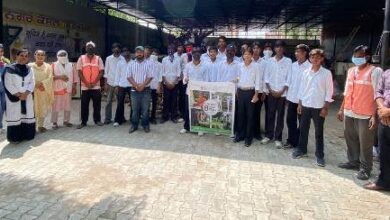
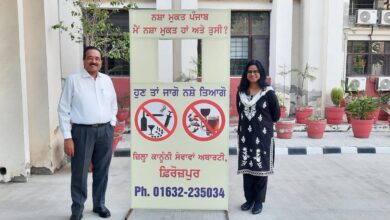
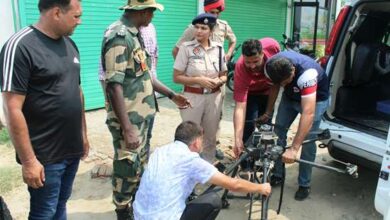
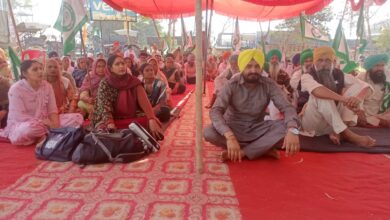
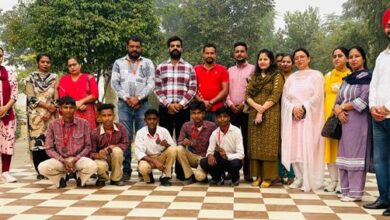
Beautifully penned. We need to take a lesson. Great going sir
General Edwards, the article is thought provoking and very well knitted together. This is an extremely complicated and difficult subject to put across which you have achieved with clarity, objectivity and facts.
Look forward to your next post!
A very well researched article that deserves accolades from one and all.
The conflict rises its demonic head when the second highest majority group objects to the correction of the history. The real minorities i.e the Jains, the Parsis and the Buddhists never created conflicts with Sanatani majority. It is the aggressive minorities who forcibly/ temptations/ education/medical treatment convert them into own sector.